Behavioral Psychology: Essential Principles and Theories Free UPDATED
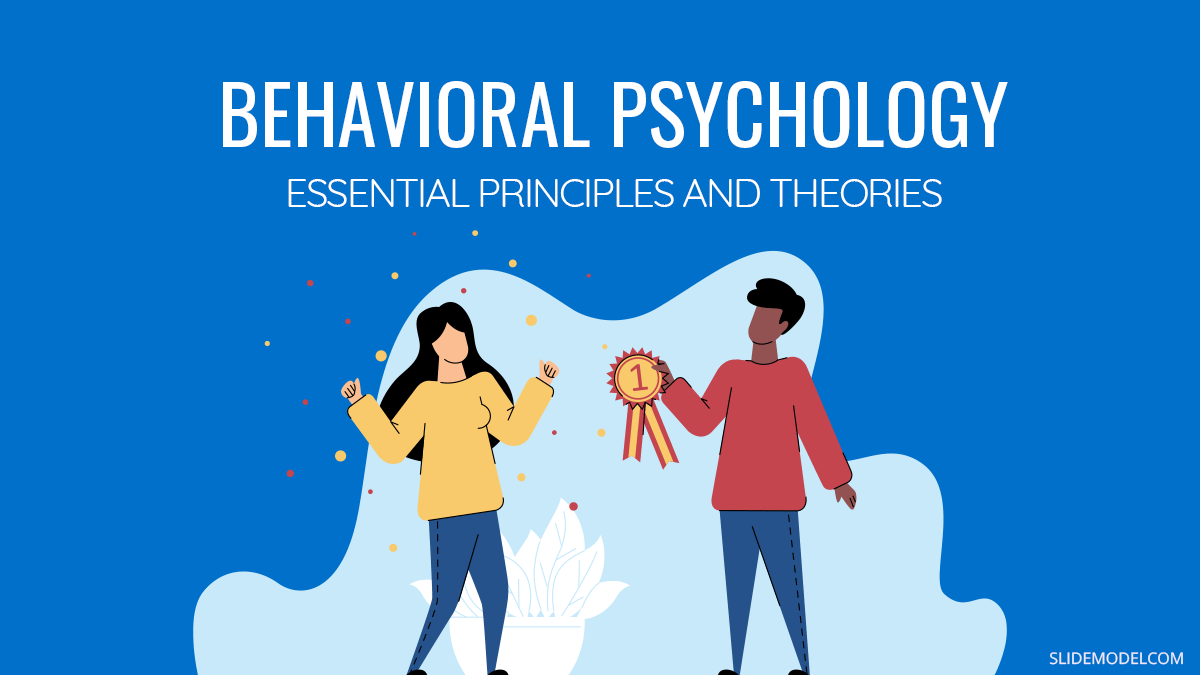
Humans are complex creatures. Our Day-to-mean solar day actions are shaped by emotions, values, beliefs, and external factors much as interactions with early members of gild or environmental stressors. Behavioral psychology puts a microscope along the latter and attempts to decode why we behave the way of life we execute under various fortune.
What is behavioral psychology?
Behavioral psychology studies observable human behavior in an assay to understand the human psyche. It is primarily concerned with the inner factors that shape our behaviors in various settings.
Alias behaviorism, a more formal behavioral psychology definition, proposed past the Standford Encyclopedia of Philosophy, is this one:
"Behaviorism is an attitude — a way of conceiving of empirical constraints on psychological state attribution. Strictly tongued, behaviorism is a doctrine — a way of doing psychological or behavioral science itself."
The above definition may sound a trifle vague (as the source also admits). Nevertheless, trying to confide a lofty concept of "behavior" into a succinct "box" ISN't an easy task. For that reason, on that point exist many different behavioral approaches to studying how human cognitive beliefs, desires, and preferences manifest in specific behaviors.
WHO Founded Behavioral Psychology?
Psychologist John B. Watson is most commonly cited as a founding father of cognitive-behavioral psychology. Though Watson was not the open up of behaviouristic psychology research, he formalized and enlarged upon an align of earlier behavioral theories therein classic paper, "Psychological science as the Behaviorist Views It."
Other proto experimental psychology ideas that impacted James Watson's thinking admit:
- Studies done by British Empiricists such A John Locke and Hume. They were among the world-class to argue that well-informed deportment is a effect of associable learnedness.
- Ivan Ivan Petrovich Pavlo's serious music conditioning theory, describing how behavior changes under the application of different stimuli.
- B.F. Skinner developed the theory of operant condition that explores how different rewards and punishments can raise learning.
What is more, some aspects of the behaviouristic theory were explored past Edward Edward Lee Thorndike (the natural law of effect) and Mark Wayne Clark Cordell Hull (drive hypothesis). We'll revisit these later in the military post.
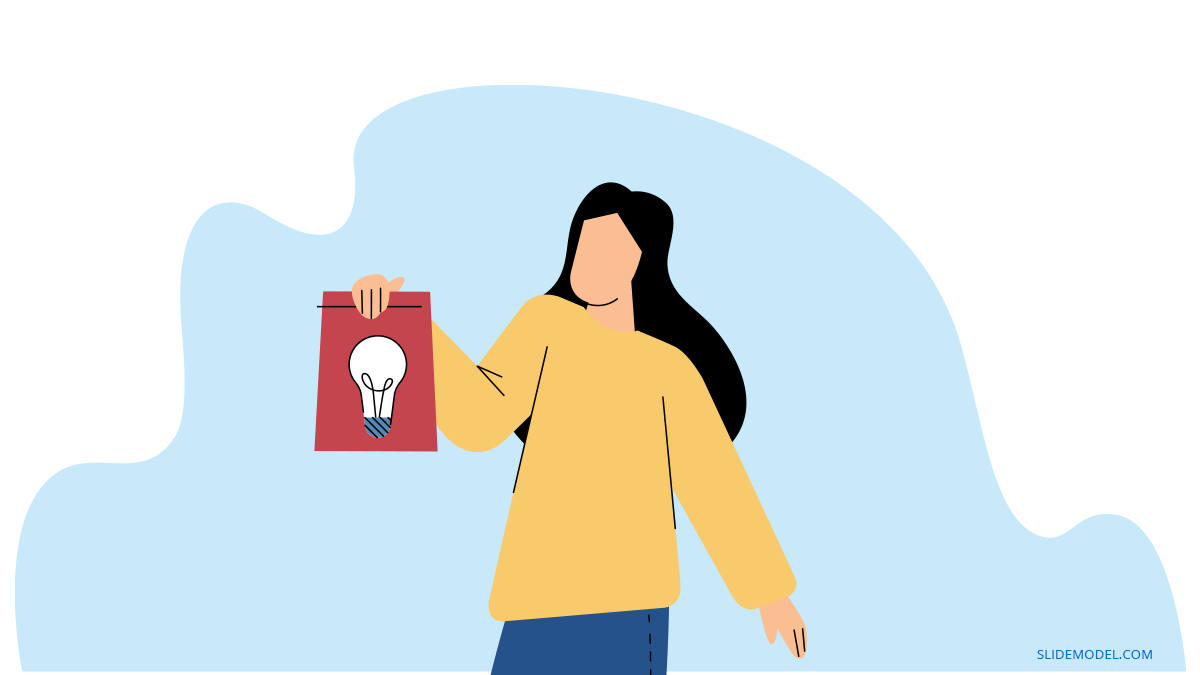
Main Principles of Behavioral Psychology
The behaviorism theory formalized a set of service line principles for analyzing human demeanour, ability to learn, and improve. Today, many other schools of thought borrowed by the key principles of the activity hypothesis. And so did successful leaders.
Sol if you are wondering how behavioral psychology can help you improve your interpersonal skills, deliver better professional presentations, operating theater enhance your leading abilities, here are the principles to remember, plus ordinary behavioral psychology examples.
All Behavior is Erudite From the Environment
Behaviorists believe that biological science factors have a beefed-up impact on our erudition. We adopt new behaviors through conditioning.
Conditioning is the cognitive process of accustoming someone to act up in a certain way under specific circumstances.
The two main types of conditions are classical, and operative conditioning collectively referred to American Samoa "scholarship hypothesis."
Classical Conditioning
Discovered by State physiologist Ivan Pavlov, classical conditioning is a type of unconscious encyclopedism that emerges as a healthy response to a taxon stimulus. Continuous determine to much stimulation fosters the formation of a specific behavior.
Pavlov famously did his experiments on dogs. But John B. James Watson also tested classical conditioning responses among humans. In the experiment with Little Albert, he found that the youngster developed a fear of rats after repeatedly viewing a lab bum alongside earthshaking, scary sounds. Albert's fear also generalised to other light-colored fuzzy objects resembling a rat.
Among adults, classical conditioning often happens besides. For example, at your past job, everyone went to lunch at noon. Like a sho, you ever experience hungry around that time. Or you were e'er criticized by your former boss for your PowerPoint presentations. Now you hate doing business presentations for an audience.
In essence, a positive Beaver State negative conditioning stimulus fosters the development of an unconditional response to a certain input.
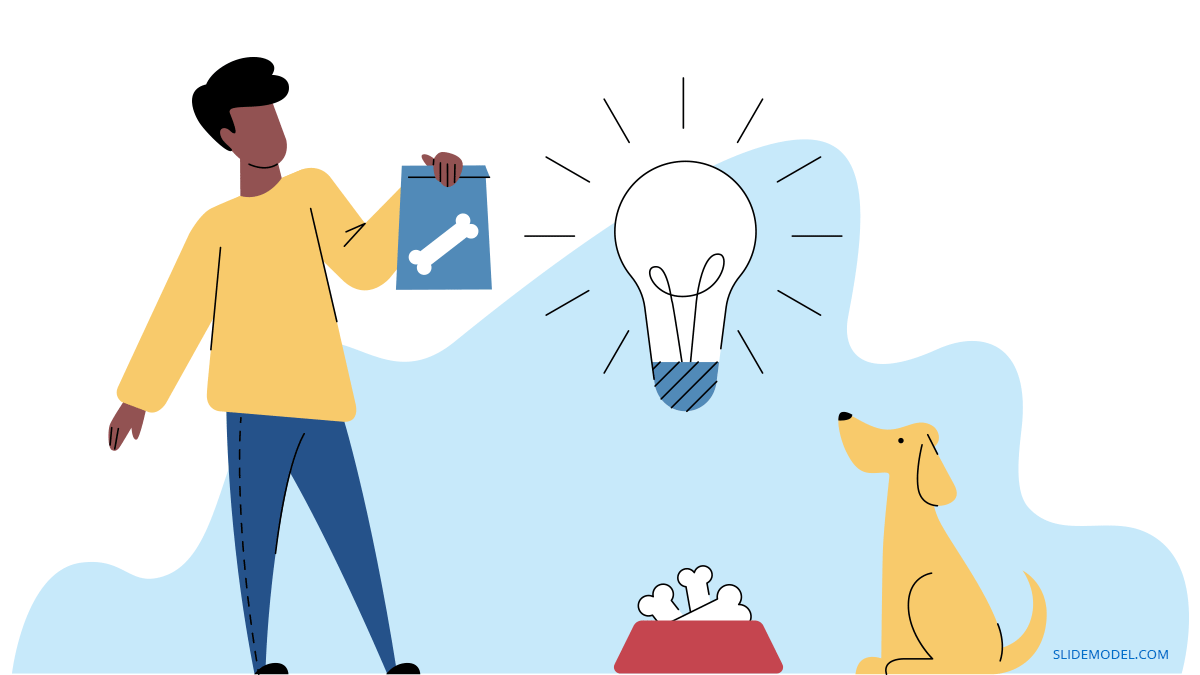
How You Can Utilise Classical Conditioning Principles
Conditioning can facilitate reinforce positive habits and behaviors. For exercise, if you leave your berth door undefendable every solar day at 11 am and act happy when an employee shows up to discourse their payof (Eastern Samoa part of your open-door insurance), over time, all employees will become "conditioned" to the idea that open-door policy means a blast for a discussion.
Operative conditioning
Proposed B.F. Skinner, the innovator of radical behaviorism, operant conditioning refers to a method of learning reliant on rewards and punishment for different behaviors. Such conditioning aims to boost the development of an association between a certain demeanor and a consequence (positive or damaging) of their actions.
Mule skinner believed that actions are louder than quarrel. He thought that only external, observable causes of quality behavior are important, whereas internecine thoughts and intrinsic motivation father't play an important role. Today, most agree that this is shortsighted.
Yet, Skinner's theory still has its merit. The principles of operant conditioning are applied in many spheres of life today, from law enforcement to education and fifty-fifty technology. For exemplar, an approach to training Artificial insemination algorithms called "reinforcement learning" codifies the principles of seeking reward and experiencing penalty in training neural networks.
A simpler everyday model of operant conditioning would be: Giving a badge to a student who did well simply scolding those who did. Praising well-designed presentation templates but criticizing those World Health Organization didn't had best.
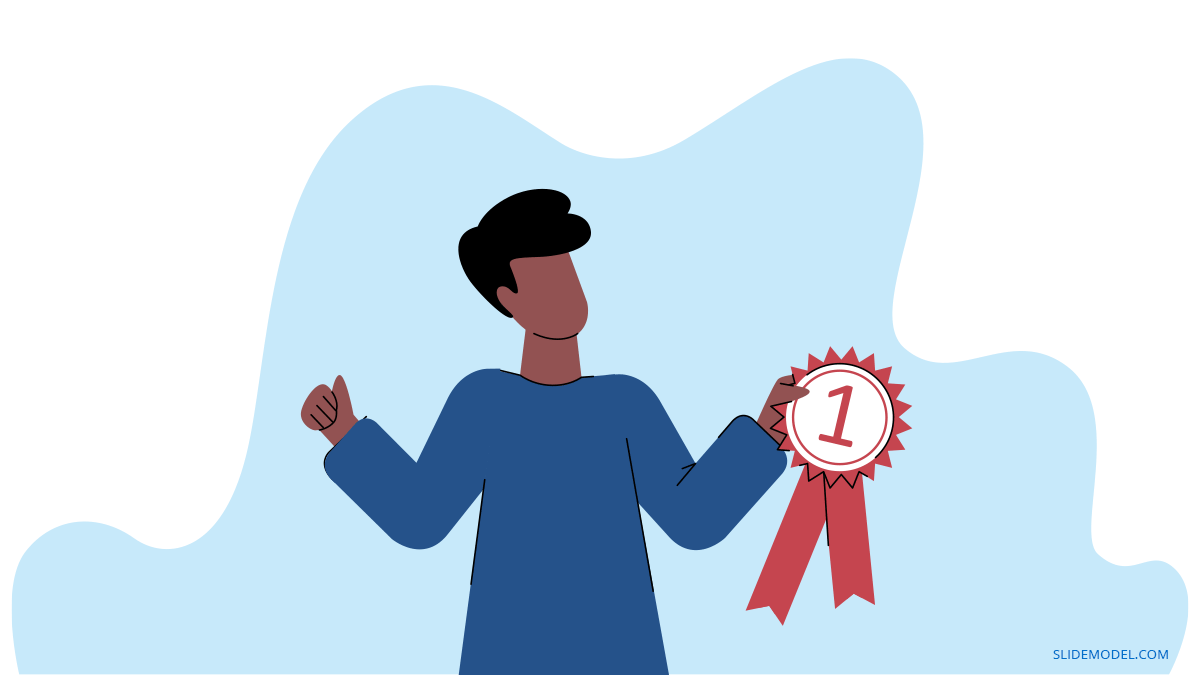
How You Can Apply Operant Conditioning Principles
Positive reinforcing stimulus is a common work management tactic. Many motivational and employee interlocking programs are based on these premises. Companies purchase empiricism stimuli so much as reward schemes, promotions, Oregon other bring up incentives directly related to performance to encourage the workforce. However, few choose to side the harsher "punishment" factor planned past Skinner.
Behaviorism Emphasizes Evident Behavior concluded Internal Events
The behavioral hypothesis acknowledges emotions and cognitive feelings. But since these cannot be effectively observed and scientifically measured, researchers choose to focus connected behaviors or else.
So, studying emotions is challenging because they manifest in many slipway referable different triggers. But it's easier to analyse the implications of rational and irrational behaviors and control them.
For instance, when running on an important business presentation you may get a big straddle of affirmatory and dismissive emotions:
- Agitation, because you are eager to do your best
- Anxiety due to impostor syndrome, nerves, Beaver State deficiency of time
- Anger because your PowerPoint template doesn't look rightmost
Cumulatively, these emotions wish leave to a specific resultant, such as a good or bad introduction. Behaviorists then attempt to study your actual demeanor and find out which stimulation could have gotten you into a better mindset.
If you feel eager, eyesight support from the audience or receiving a pep talk from a mentor before entering the way is a positive stimulus that can impact your behavior.
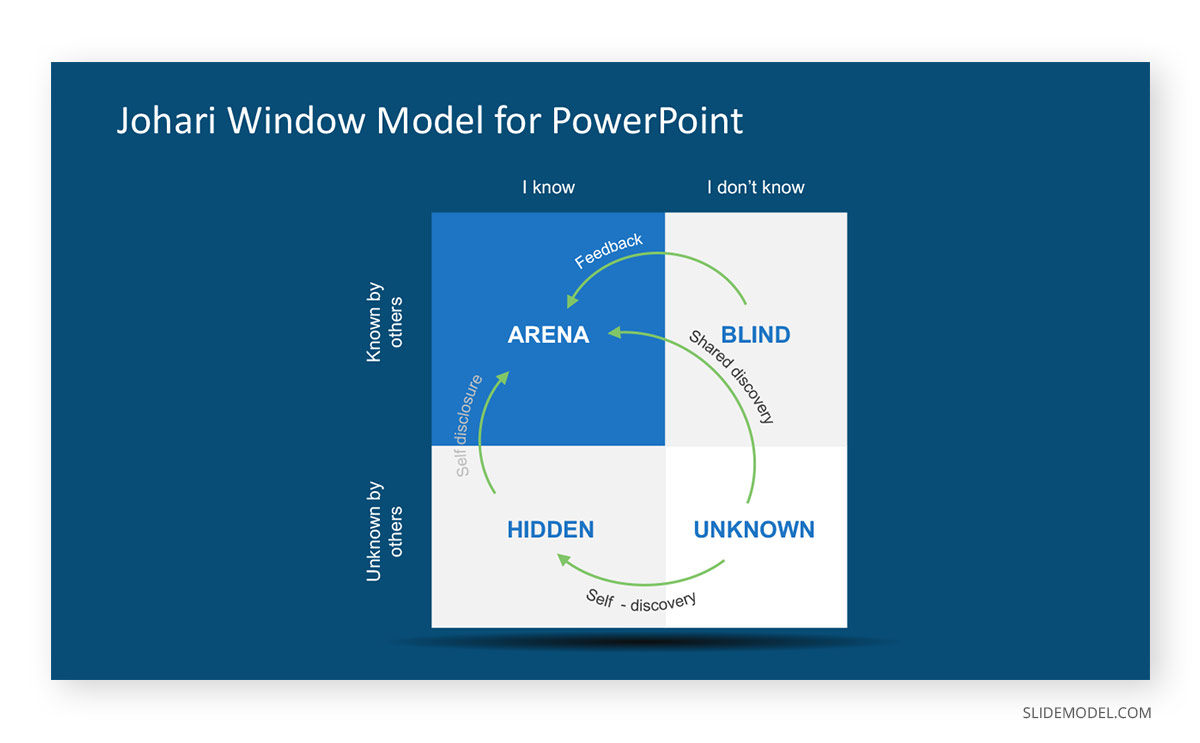
Behavior is the Result of Stimulus-Response
According to Watson, the purpose of psychology is:
"To predict, bestowed the stimulation, what reaction will come abou; or, given the response, tell what the situation or stimulus is that has caused the reaction."
In else words, all our actions give notice be explained direct a reception to assorted stimuli and that's what behavioral psychology attempts to do.
Other behavioral theories improved upon those premises and proposed extra explanations to how foreign conditions impact our eudaemonia and actions.
Historic Experiences Shape our Pose
The above idea isn't new, but it was recently reconfirmed in new research. Nearly people who behaved in a certain way at one point are likely to act so again. The perception of our past actions influences our decision to repeat that behavior. So if we got positive feedback, praise, OR other pay back, we'd try to seek the synoptical outcome again.
The above tendency can be stabilizing to human body habits. Since our brand loves multiplying the reward, we can identify a up-to-date substance abuse that makes you feel full and then add some other unrivalled on top. This approach is called habit stacking.
The habit stacking formula is simple even powerful because it feeds into our past beliefs:
Aft or before [Latest Drug abuse], I will [NEW Wont].
For example:
- Subsequently I decant my cup of coffee each dawning, I bequeath meditate for one infinitesimal.
- Before I start redaction my presentation, I will fact-check each the claims.

The Law of Set up
Developed by Edward Thorndike, the law of core suggested that we'll repeat actions that have a satisfying effect in a particular situation only avoid behaviors that crusade US discomfort.
For example, if you used a specific opening move slide during your last presentation and everyone loved it, you'd probably Re-use of goods and services information technology several more times.
The natural law of effect also comes in handy for building optimistic habit loops. That is when you use some preceding result, timing, operating theatre convinced stimuli to activate a specific action.
For representative:
- Running makes me feel good, so I should do it more often. Thus, I'll ask out a friend to make up my accountability collaborator and ring me up whenever they go for a hunt.
- Staying too late working on my presentation made ME dying and cranky the next day, and I bombed the delivery. Future time, I won't strain for perfection and get wrapped up earlier.
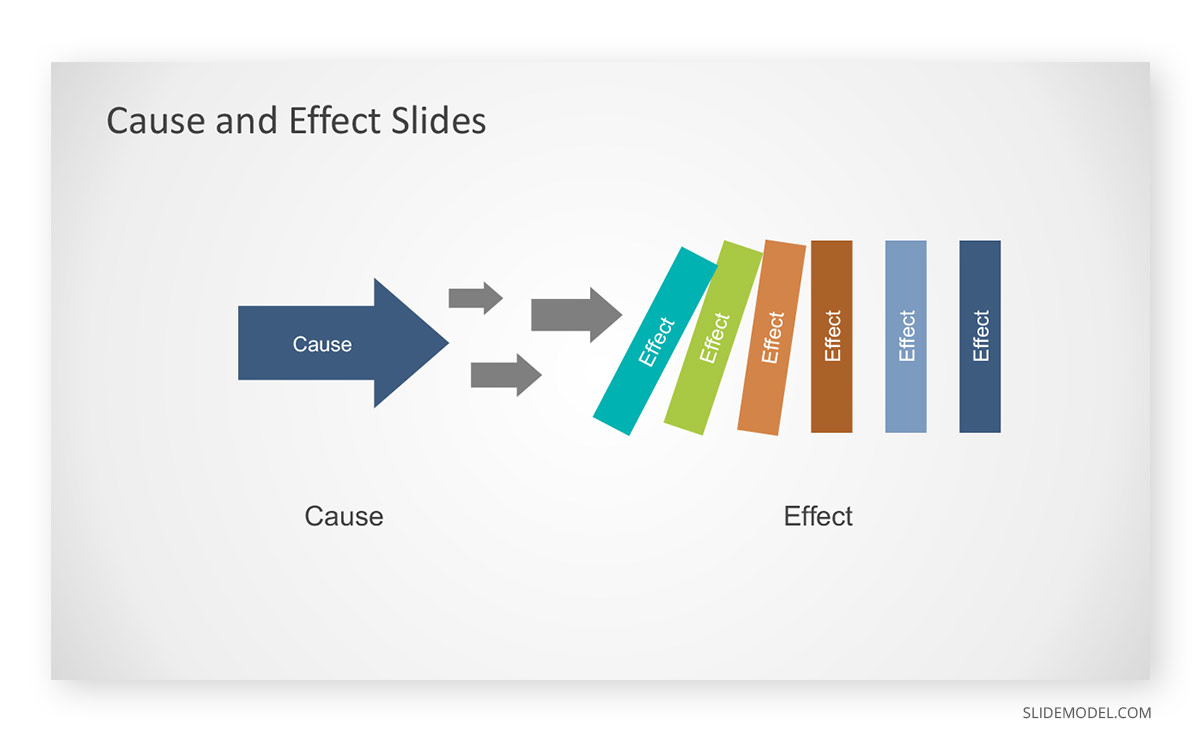
Drive Theory of Learning
Proposed by Kenneth Clark Hull and further developed by his collaborationist Kenneth Spence this theory transposed the concept of homeostasis to psychological science.
Hull noticed that our body psychologically tries to maintain a state of equilibrium. For example, you sweat when information technology's as well hot to regulate temperature. The research worker mentation that subconsciously this affects our actions. We get motivated when our body wants to balance down certain biological needs, and we work to reduce that tenseness. Hunger, thirst, botheration is standard "triggers," activating action, accordant to Hull.
Nevertheless, one of the biggest problems with Hull's drive step-dow theory is that it does not account for how secondary reinforcers. These include specified situations that reenforce the behavior (e.g., a reward, specific timing, etc.) after IT becomes associated with a primary reinforcer.
For exemplar, a primary reinforcer — a treat buns make your child happier, but they'd probably ignore the secondary reinforcement — praise — as other conditioning factor for their behaviour.
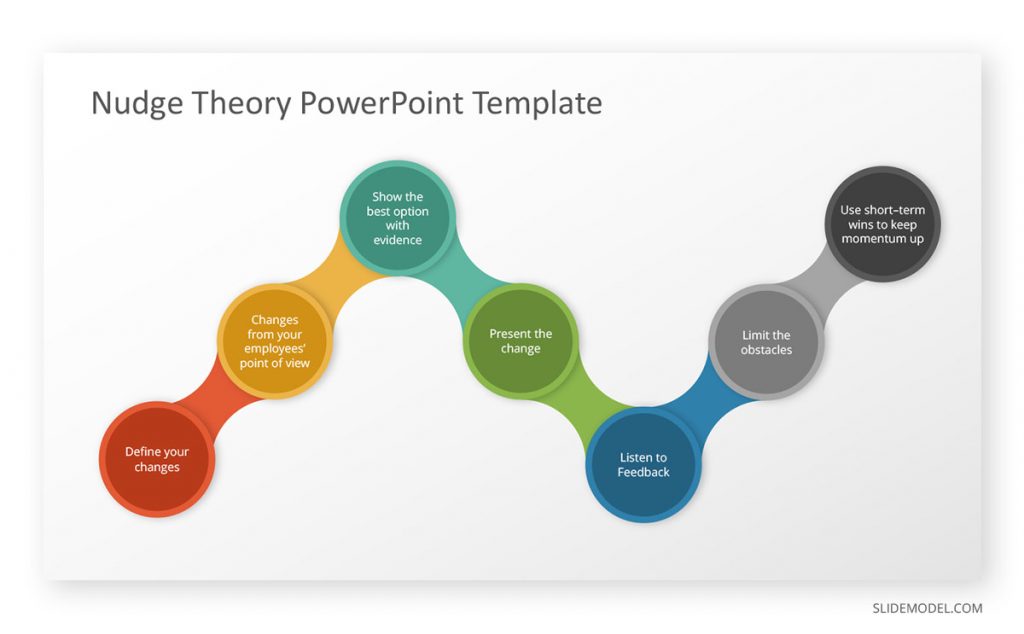
To Conclude
The behavioural perspective in psychology had a strong impact on many other areas of research, such as behavioral economics, as well as our day-to-day lives. Away learning to analyze your behaviors and foreign factors, you can control your own actions and manage others. While non all principles of behavioral psychological science can (or should make up) applied towards yourself and others, some of them are pretty helpful to know, equally this post showed.
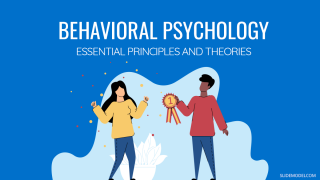
DOWNLOAD HERE
Behavioral Psychology: Essential Principles and Theories Free UPDATED
Posted by: monroebectence.blogspot.com


0 Response to "Behavioral Psychology: Essential Principles and Theories Free UPDATED"
Post a Comment